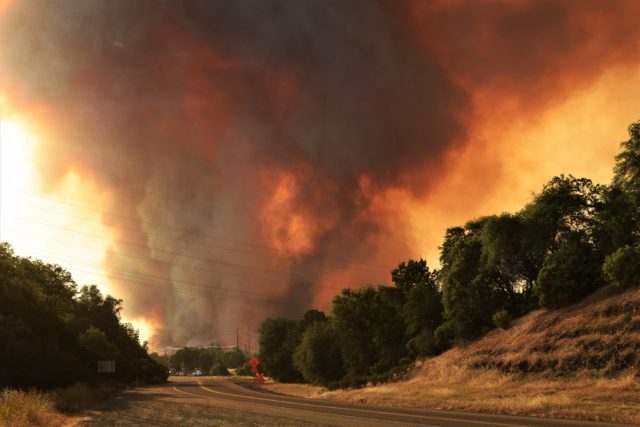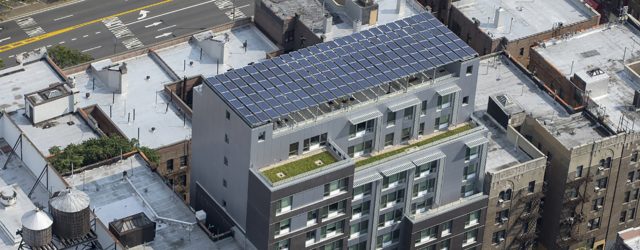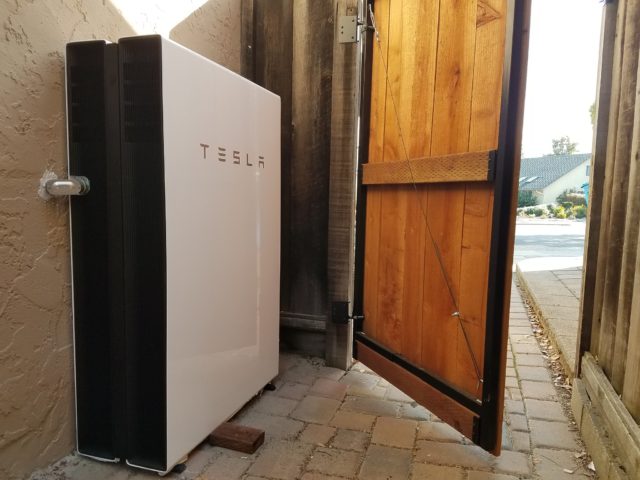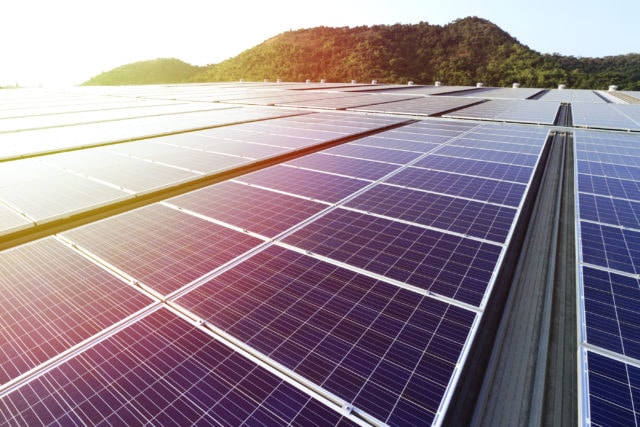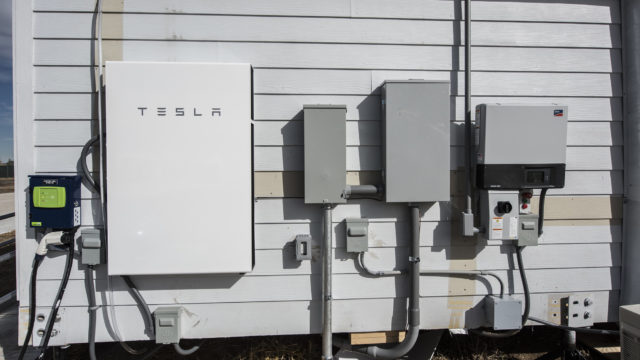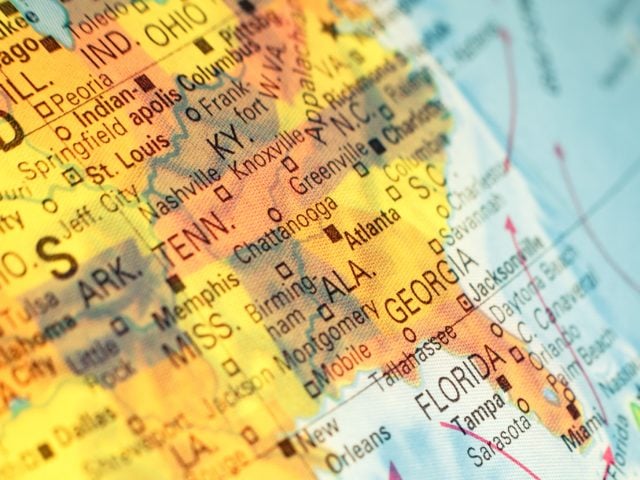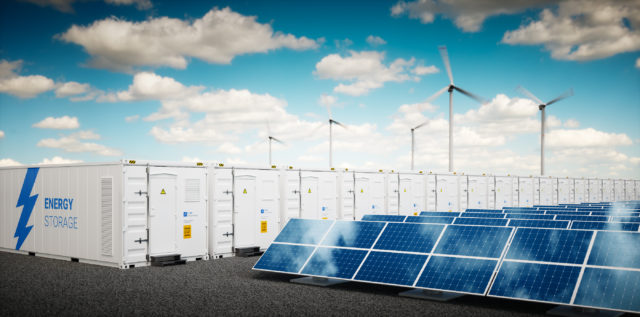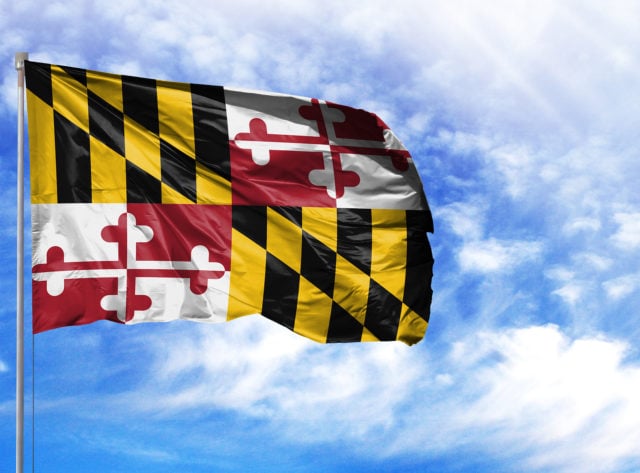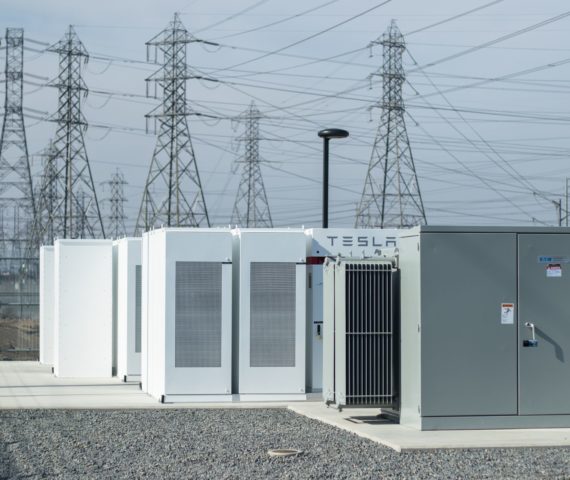Seth Mullendore
Battery storage has become a key resilience technology in California, reflected in a major policy shift on the use of state incentives.
Energy storage capacity installed this year is expected to top 600 megawatts, more than double the amount of storage deployments in 2018, and annual deployment numbers are forecast to increase another sevenfold over the next five years. Unfortunately, only a small fraction of these storage installations have been developed to the benefit of underserved populations most in need of the economic and resiliency benefits that storage can provide.
California’s energy storage incentive program has been a great success, with more than 11,000 battery storage systems installed to-date. The problem is, it’s not reaching the state’s most vulnerable communities.
A memorandum issued by the U.S. Department of Housing and Urban Development fixes a long-standing issue preventing hundreds of thousands of low-income households from realizing the financial benefits of solar.
From Florida to Nevada to California, big battery projects have been making headlines lately. But a more groundbreaking movement has received far less media attention – hundreds, in some cases thousands, of small distributed solar and battery systems working together to tackle power plant-sized problems.
Southeastern utilities have made headlines recently with plans to incorporate battery storage at solar installations across their service territories. It turns out that the communities they serve could greatly benefit from installing solar+storage as well.
How storage will power a low carbon energy transformation has begun to emerge across the country – surprisingly led by utilities in the Midwest and West as they pursue an economic mix of renewables and battery storage to shut down and replace existing fossil-fuel plants.
Free access to energy data should be a basic right in today’s changing regulatory environment.
There’s a lot to like about the Maryland Energy Administration’s new $5 million program to support community resiliency hubs powered by solar and battery storage.
Batteries are beginning to complete head-to-head with natural gas peaker plants, and they’re starting to win.





